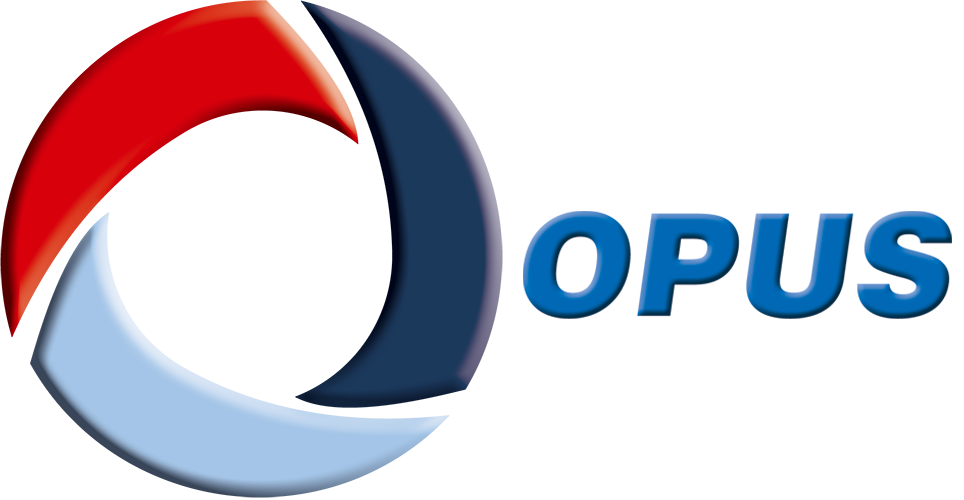
OPUS FTIR
FTIR; Functional group Analysis; Chemical Bonding
Description:
Fourier Transform Infrared (FTIR) spectroscopy is one of the most widely used analytical techniques in materials science, chemistry, biology, and pharmaceuticals. It provides valuable information about molecular structure, bonding environments, and functional groups. To extract accurate and interpretable data from FTIR instruments, robust and feature-rich software is essential. OPUS, developed by Bruker Optics, is a leading software solution specifically designed to support the acquisition, processing, evaluation, and archiving of FTIR and Raman spectral data.
OPUS is typically bundled with Bruker’s FTIR instruments (such as ALPHA, TENSOR, VERTEX), but its versatility, user-friendly interface, and powerful analytical tools have made it a standard in laboratories worldwide. It is used not only for simple transmission or ATR measurements but also for complex applications such as reaction monitoring, multi-component quantification, and time-resolved spectroscopy.
Core Features and Capabilities
OPUS is an all-in-one platform that supports the full FTIR workflow:
-
Spectral Acquisition: Real-time data acquisition from Bruker FTIR, Raman, and other instruments.
-
Advanced Processing: Baseline correction, atmospheric compensation (CO₂/H₂O), smoothing, normalization, Kramers–Kronig transformation, derivative analysis.
-
Peak Analysis: Peak picking, deconvolution, area and height integration, and band fitting.
-
Quantitative Analysis: Single- and multi-component quantification using Beer–Lambert law or Partial Least Squares (PLS) regression.
-
Library Search: Integrated search of custom or commercial spectral libraries for substance identification.
-
Report Generation: High-quality, exportable spectra with annotations, peak tables, and analysis results.
OPUS supports data formats such as .spc, .0, and .dpt, and can export to universal formats (e.g., ASCII, CSV, JPEG, PDF) for use in other analysis tools like Origin or Excel.
Applications in Scientific and Industrial Research
OPUS is widely used in:
-
Materials Science: Characterizing functional groups in polymers, nanocomposites, and hybrid materials. Researchers can confirm oxidation states, analyze degradation behavior, or track chemical reactions.
-
Pharmaceuticals: Verifying drug identity and composition, analyzing excipient compatibility, and monitoring formulation stability.
-
Environmental Studies: Detecting organic pollutants, analyzing soil or water contaminants.
-
Biological Research: Studying proteins, lipids, and carbohydrates in cells and tissues.
-
Forensics and Quality Control: Identifying unknown samples, contaminants, or process variations in manufacturing.
For example, a researcher synthesizing graphene oxide (GO) or SbSI nanowires can use OPUS to confirm the presence of –OH, –C=O, or –I groups via spectral peaks in the fingerprint region (400–1500 cm⁻¹), and track changes over thermal treatment or doping.
User Interface and Functionality
OPUS offers:
-
Wizard-based guidance for beginners.
-
Multi-layered interface for basic and advanced users (e.g., QuickStart vs. Advanced Mode).
-
Customizable layout for spectral display, live acquisition, or multiple overlays.
-
Real-time monitoring of reaction kinetics or thermal transformations using kinetic plots.
-
Time series acquisition and 3D plotting for in situ analysis.
Data can be stored with complete metadata (date, sample ID, method, operator, etc.), ensuring reproducibility and compliance with regulatory requirements such as GLP/GMP, 21 CFR Part 11, and ISO standards.
Advanced Tools and Add-Ons
For advanced research needs, OPUS offers:
-
OPUS/SEARCH: Extensive spectral library management and advanced identification tools.
-
OPUS/LAB: Customized workflows for routine quality control environments.
-
OPUS/VIDEO: Correlates IR spectra with microscopic sample views in Bruker’s FTIR microscopes.
-
OPUS/3D and OPUS/CHEMOMETRICS: For multivariate analysis (PCA, PLS), often used in high-throughput screening and reaction monitoring.
Benefits for Researchers and Analysts
-
Reliable data acquisition with high spectral accuracy and reproducibility.
-
User-friendly design that supports both novice and experienced users.
-
Wide instrument compatibility across Bruker platforms.
-
Comprehensive analysis environment with no need to switch between software tools.
-
Regulatory compliance and data integrity with audit trails and electronic signatures.
Conclusion
OPUS is a powerful and flexible software suite tailored for the complete FTIR spectroscopy workflow—from acquisition to analysis and reporting. Trusted by scientists and industries worldwide, it empowers researchers to extract detailed molecular insights quickly and accurately. Whether performing basic functional group identification or advanced chemometric analysis, OPUS enhances the value of FTIR data in both research and quality control environments.